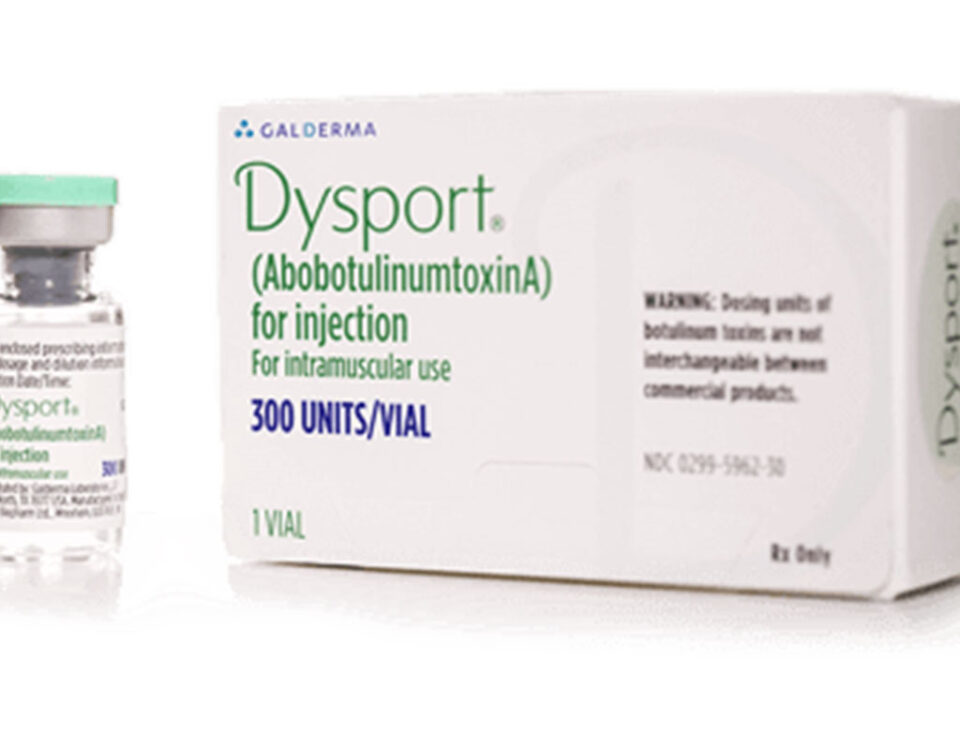What is Tirzepatide?
Tirzepatide is a novel dual glucose-dependent insulinotropic polypeptide (GIP) and glucagon-like peptide-1 (GLP-1) receptor agonist developed for the treatment of type 2 diabetes and obesity. This dual action mechanism enhances insulin secretion, reduces glucagon levels, and slows gastric emptying, leading to improved glycemic control and significant weight loss.
What are the benefits of Tirzepatide?
Tirzepatide offers several benefits, primarily for patients with type 2 diabetes and obesity. Clinical trials have shown that it significantly reduces HbA1c levels and promotes substantial weight loss. In a meta-analysis, tirzepatide demonstrated a greater reduction in HbA1c and body weight compared to semaglutide. Tirzepatide's dual receptor agonism results in more pronounced improvements in insulin sensitivity and overall metabolic health.
How does Tirzepatide work for diabetes and weight management?
Tirzepatide works by activating both GIP and GLP-1 receptors, leading to a synergistic effect that enhances insulin secretion and inhibits glucagon release in a glucose-dependent manner. This results in improved blood sugar control. Additionally, the drug slows gastric emptying and reduces appetite, contributing to significant weight loss. Studies have shown that tirzepatide can lead to an average weight loss of up to 17.8% after 72 weeks of treatment.
How long do Tirzepatide treatments take?
Tirzepatide is administered via a once-weekly subcutaneous injection. The simplicity of the weekly dosing schedule adds convenience for patients, making it easier to adhere to the treatment regimen compared to daily medications.
What happens after a Tirzepatide procedure?
Following a tirzepatide injection, patients may experience mild side effects such as nausea, vomiting, and diarrhea, particularly when initiating or increasing the dose. These gastrointestinal side effects are usually transient and tend to decrease over time. Patients are advised to follow their healthcare provider's instructions closely to manage these symptoms effectively.
How long will it take to see results with Tirzepatide?
Patients typically begin to see improvements in their blood sugar levels and weight within a few weeks of starting tirzepatide. Significant reductions in HbA1c and substantial weight loss are generally observed after several months of consistent treatment. The full therapeutic effects can be expected to manifest over a period of 40 to 72 weeks, depending on individual response and adherence to the treatment plan.
What are the advantages of Tirzepatide vs. Semaglutide?
Tirzepatide has shown greater efficacy in reducing HbA1c levels and promoting weight loss compared to semaglutide. While both drugs are effective GLP-1 receptor agonists, tirzepatide's dual action on GIP receptors provides additional benefits in terms of glycemic control and weight management. Moreover, tirzepatide has demonstrated a more significant reduction in metabolic syndrome prevalence among patients with type 2 diabetes.
What risks are associated with Tirzepatide?
The primary risks associated with tirzepatide are gastrointestinal side effects, such as nausea, vomiting, and diarrhea. These side effects are generally mild to moderate and tend to decrease as the body adjusts to the medication. Serious adverse events are rare, but as with any medication, it is crucial to monitor for any unexpected reactions and consult with a healthcare provider regularly. Tirzepatide offers a promising option for managing type 2 diabetes and obesity, providing substantial benefits in glycemic control and weight reduction with a manageable side effect profile.




